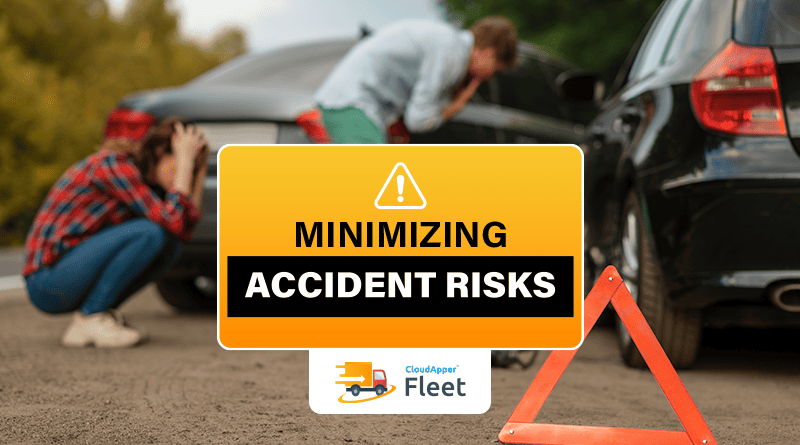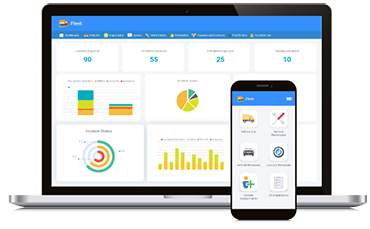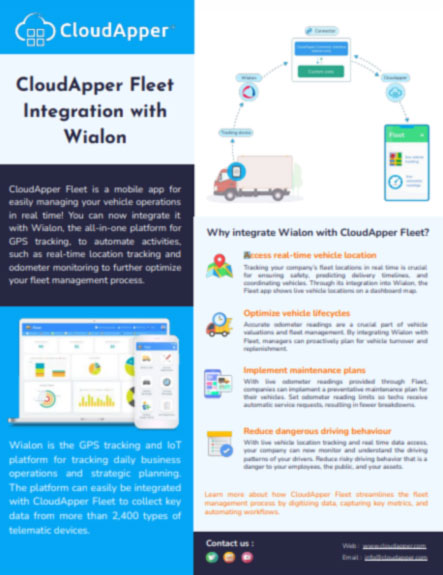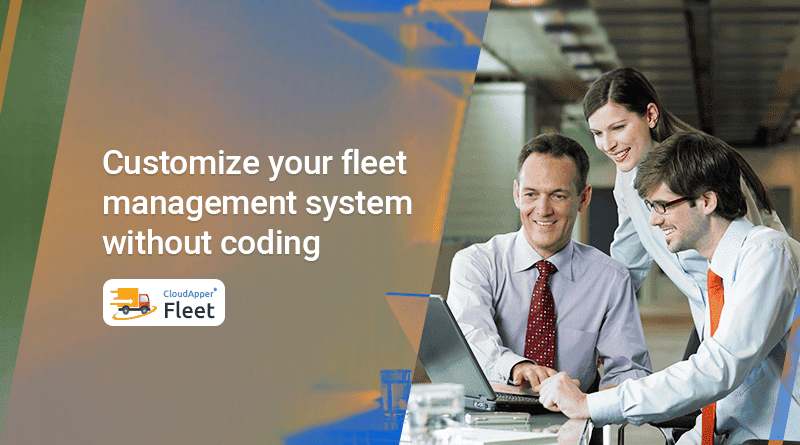The road accident is a tragedy all over the world, with an ever-growing trend. In the United States, this is a significant public issue due to the many people who suffer from it. As well as the seriousness of the repercussions for the victims and their families. Distracted driving is the most common reason behind road accidents in the US. There are a few other reasons, including Speeding, avoiding safety gear, driving behavior, traffic rules negligence, racing, engine failure, and design defect.
More than 20,000 people died in motor vehicle traffic crashes in the first half of 2021, according to the National Highway Traffic Safety Administration (NHTSA), about an 18 percent increase from the number of traffic fatalities recorded in the same period last year.
BY MYCHAEL SCHNELL ( The Hill, 2021 )
Regardless of the cause, road accidents can cause various types of damages involving human life, injuries, infrastructure damage, administrative damage, and other costly damages. Road accidents are highly unavoidable. However, fleet management application can be helpful to reduce road accident risks.
Risk Management Features of Fleet Management Application
Fleet Maintenance
A well-maintained fleet is a foundation for road safety. The safety benefits of fleet maintenance increase ROI, therefore don’t be hesitant to invest in preventative maintenance. Brake failure is responsible for at least 29% of vehicle accidents. This means that keeping the brakes on each of your vehicles in good working order reduces your responsibility significantly. Implement a preventive maintenance program and urge your drivers to notify fleet management of any concerns or breakdowns as soon as possible. Ascertain that they are doing pre-trip and post-trip inspections accurately and thoroughly inspecting for potential problems. If you wish to lower accident rates, preventive maintenance should be a shared responsibility of your entire team.
Fleet Replacement
Replace any older vehicles in your fleet at a higher risk of being involved in an accident. The expense of maintaining an aging fleet might be too high at times, necessitating the replacement of all worn-out vehicles. Fleet managers can better manage how their engine is performing with the engine’s Rev’s Per Minute (RPMs) information. Subsequent mediation with drivers will help prevent road accidents and improve and, therefore, safer performance from vehicles within a fleet. Adopting a fleet accident management system in your company allows you to identify drivers with poor driving habits so that you retrain them and improve your safety record. When you understand your drivers’ behavior, you can quickly reduce accident rates by ensuring your team observes your fleet policies. Fleet management is essential to a smooth operating fleet of vehicles, no matter the size.
Fleet Management
Tracking the location and condition of the vehicles, maintenance schedules, and fuel usage help manage costs, keeps the equipment working longer, and reduce fatalities. It helps companies ensure compliance, improve efficiency, and reduce accidents. Fleet management applications enable operators to have better control over their vehicles. Post-accidental management organizations cost higher than fleet management services. Measuring all consequences caused by accidents, we recommend using fleet management applications for more significant benefits. Besides, physical damage of a car from an accident can cost about $2,500 to $4,000. Fleet management applications can facilitate the communication channel to function smoothly during the repair period. It also reduces the cost of maintenance.

Conclusion
Many people suffer from irrecoverable losses from car accidents. The extent to minimize such unwanted incidents should be more than just spreading awareness. The latest technologies have opened up new avenues to ensure road security. They include intelligent speed adaption that allows the vehicle to determine the maximum speed for the road. They also include alcohol ignition interlock systems that detect alcohol on the breath of motorists stopping the engine from running, or using electronic driver performance monitors that link individual profiles of drivers and the individual’s actual performance in driving.

















